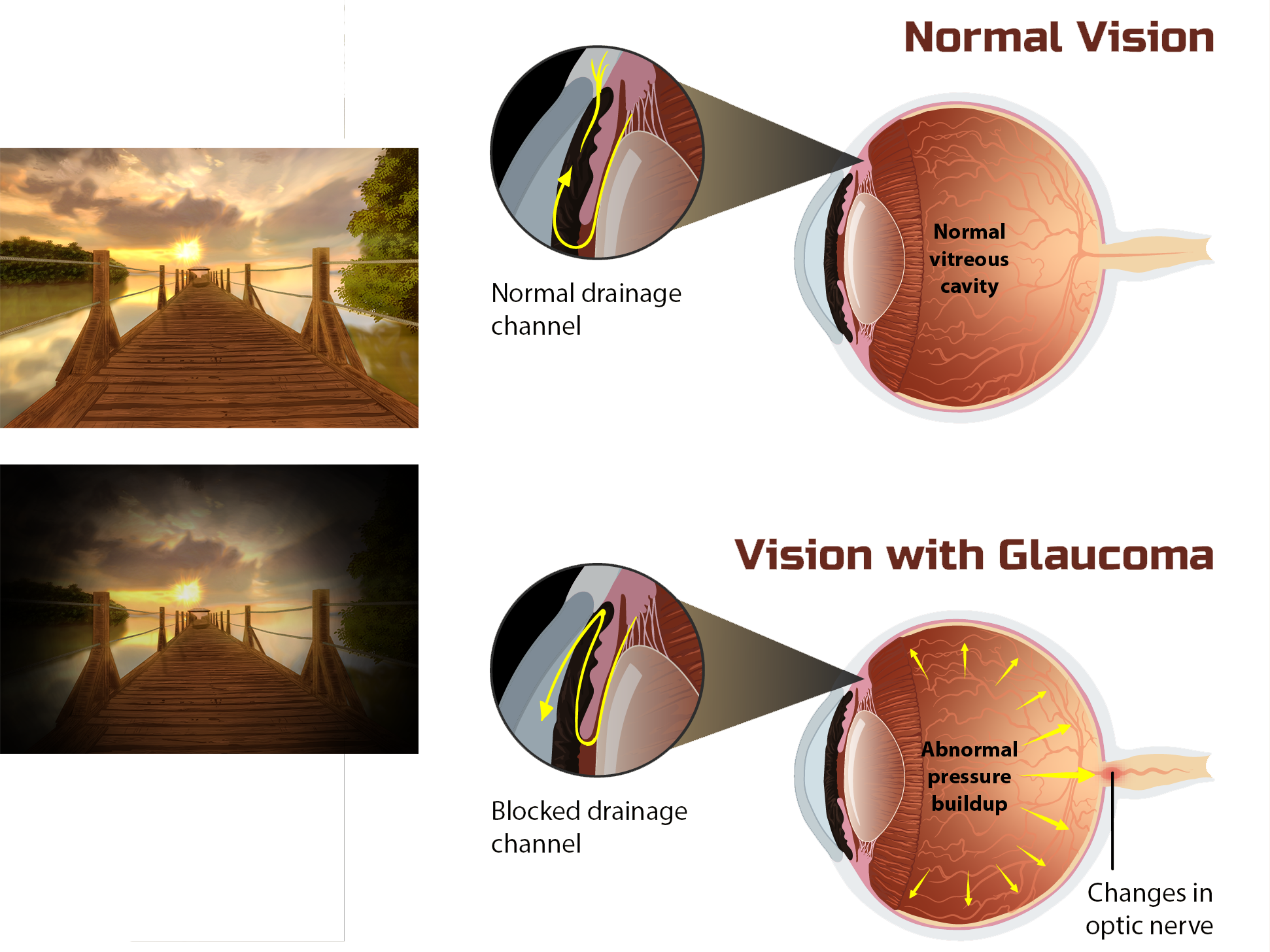
19 Dec Obstructive Sleep Apnoea and Glaucoma
Obstructive sleep apnoea (OSA), the most common form of sleep-disordered breathing, is characterized by repetitive episodes of paused breathing during sleep, which in turn induces transient nocturnal hypoxia and hypercapnia. The high prevalence of OSA and its associated health consequences place a heavy burden on the healthcare system. In particular, the consequent episodic oxygenic desaturation/reoxygenation series and arousals from sleep in patients with OSA have the potential to trigger oxidative stress, elevated systemic inflammatory responses, and autonomic dysfunction with sympathetic activation. Given these adverse side-effects, OSA is highly correlated to many eye diseases that are common in everyday ophthalmic practices. Some of these ocular consequences are reversible, but they may permanently threaten a patient’s vision if not treated appropriately.
People who suffer from OSA, are more susceptible to developing Glaucoma. Symptoms of Glaucoma include blurred/cloudy vision, halos or coloured flashes, gradual loss of side vision and headaches. Due to the constant decrease in oxygen during sleep causing a decrease in the amount of oxygen to the optic nerve, thus degrading the integrity of retinal ganglion cells. This notion has been supported by observations of decreased peripapillary vessel density with more sever OSA (Glaucoma Australia, 2021).
Due to the nature of CPAP providing a continuous airflow during sleep, the perfusion of oxygen remains stable. Therefore, providing stable blood oxygen saturation levels to all parts of the body including brain and eyes. Patients using CPAP should remain consistent with their use as well as monitoring intraocular pressures with their treating ophthalmologist.
Sleep Apnoea: A Risk Factor for Glaucoma? | Glaucoma Australia. (2021.). Glaucoma.org.au. https://glaucoma.org.au/news-details/research/sleep-apnoea-a-risk-factor-for-glaucoma

